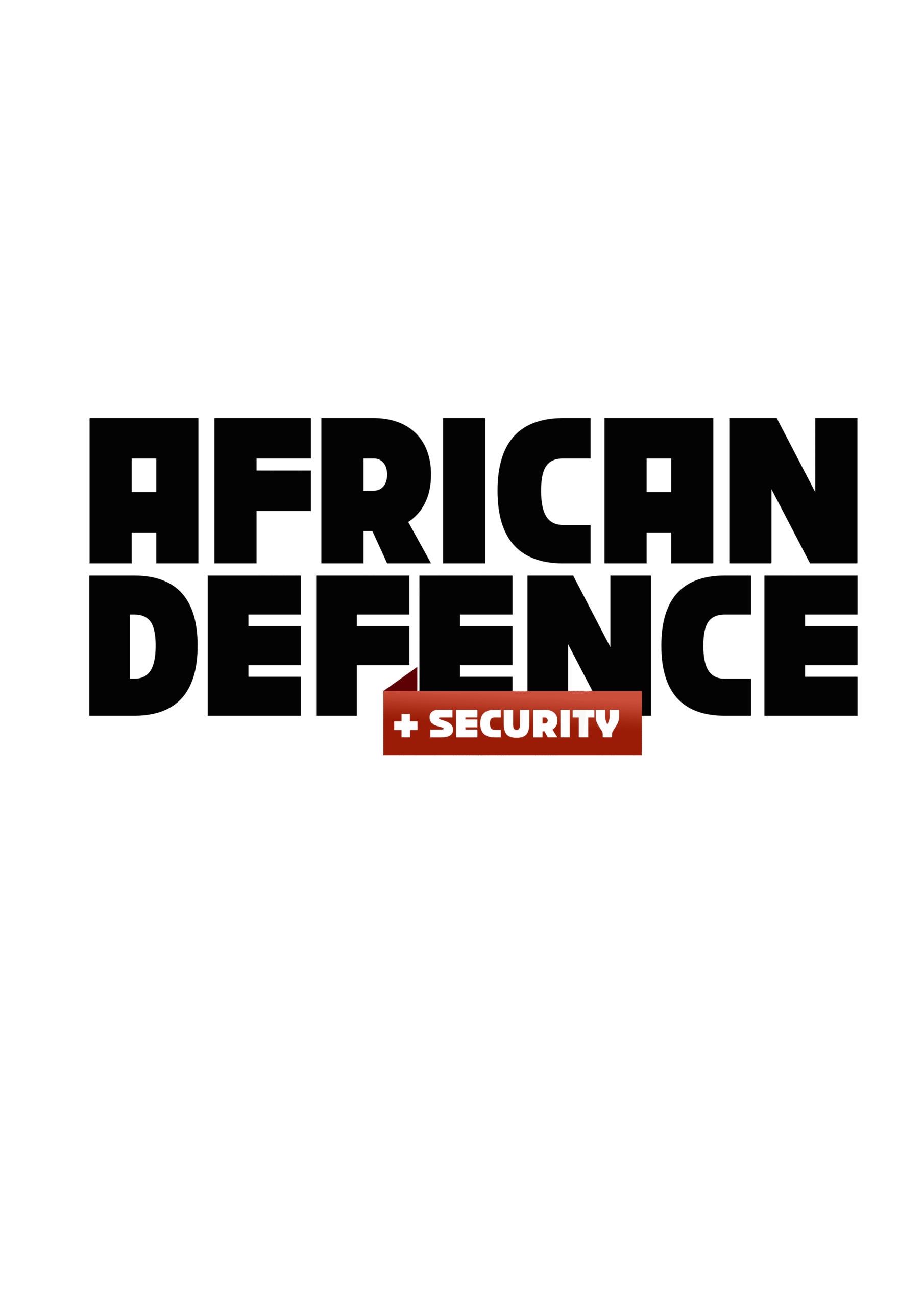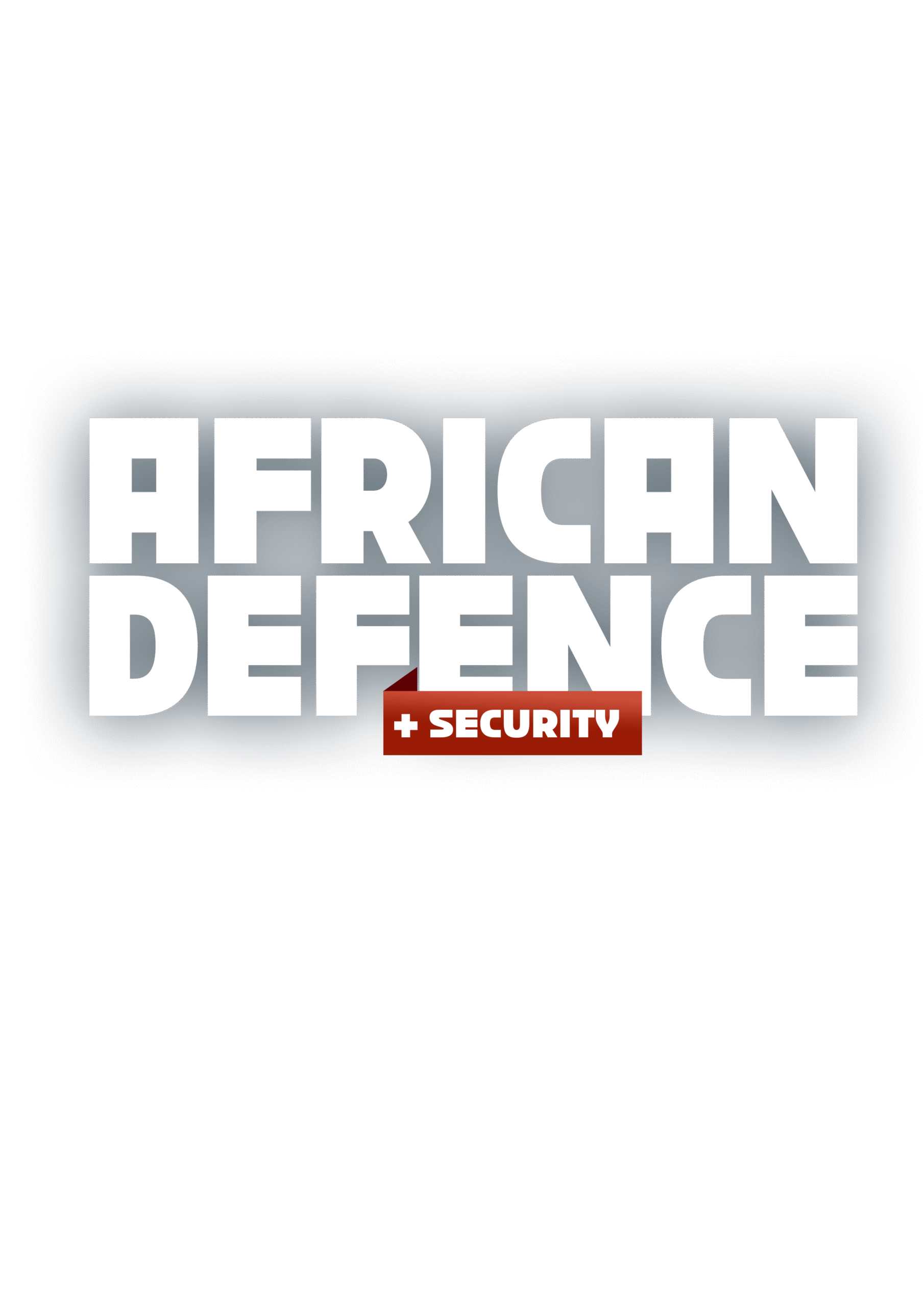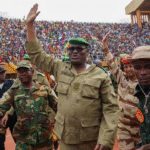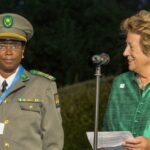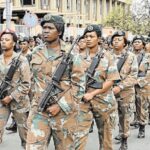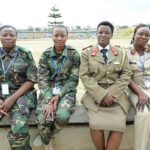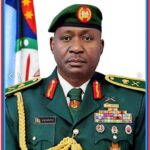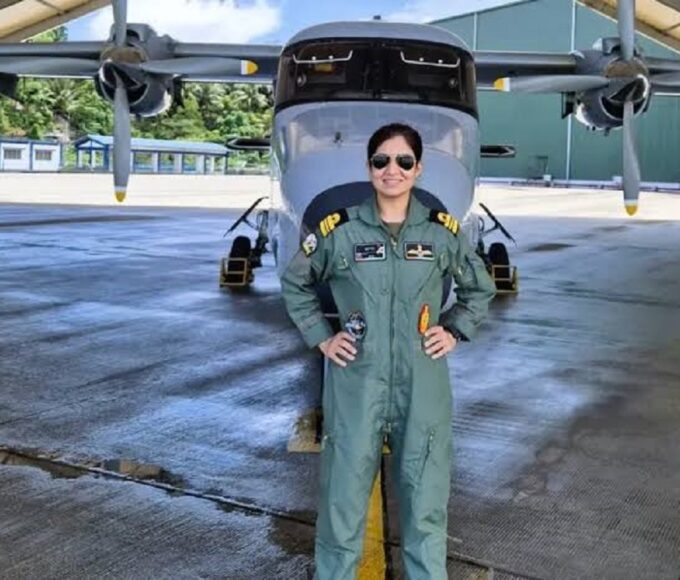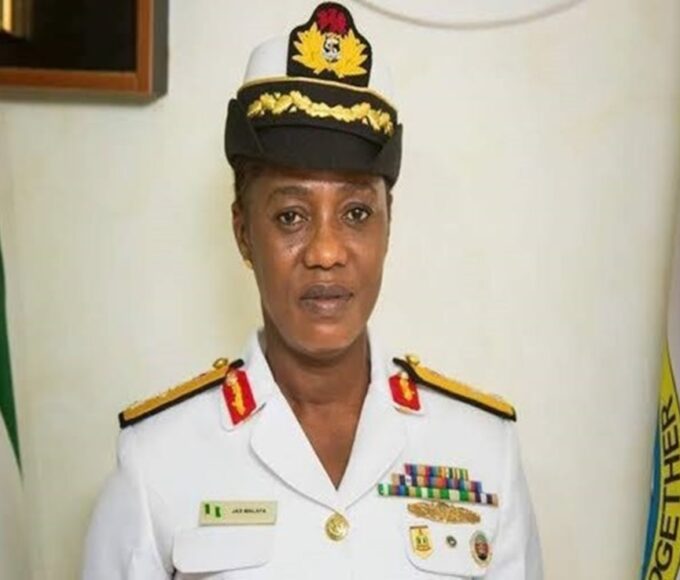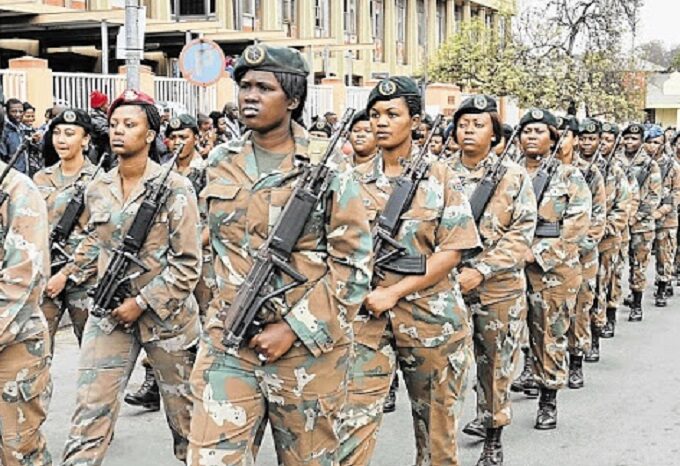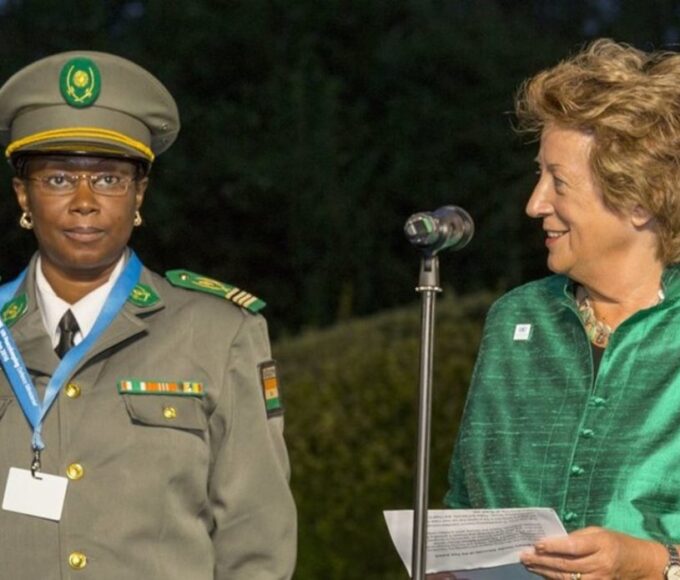Gender Integration and Leadership Gaps in Africa’s War Colleges
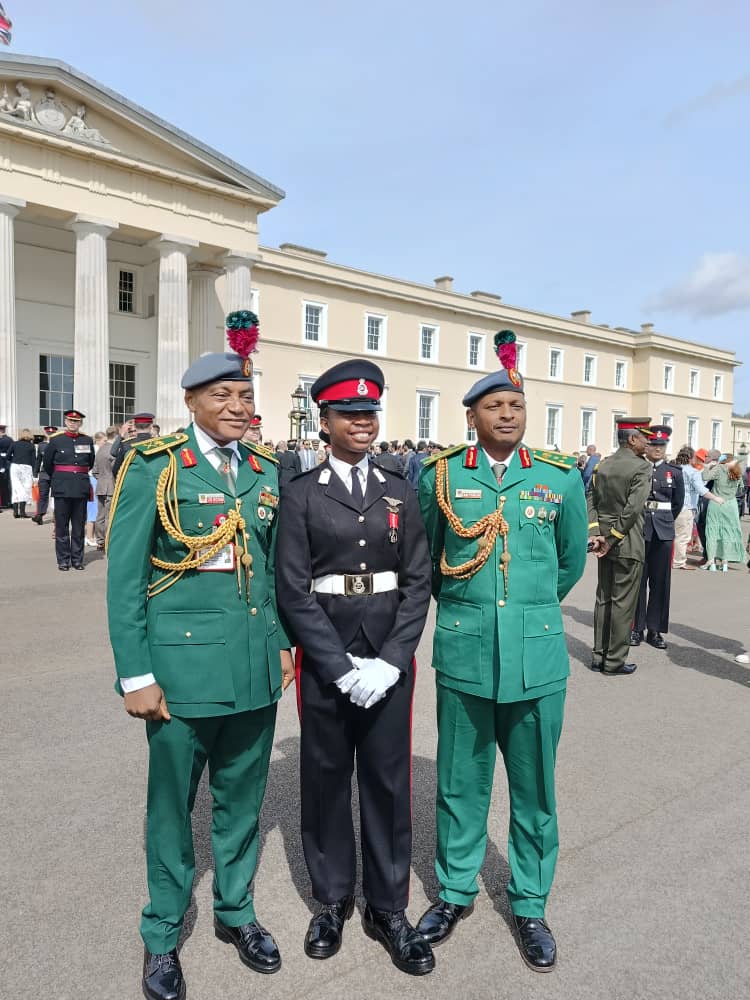
During the post-independence decades, Africa’s military academies and war colleges largely reflected the gender dynamics of their time—male-dominated institutions shaped by patriarchal traditions and the demands of a combat-focused military culture. The first significant cracks in this structure began appearing in the late 1980s and 1990s, when countries such as South Africa, Nigeria, and Zimbabwe opened officer training academies to women, following constitutional reforms and the growing influence of international human rights instruments such as the Convention on the Elimination of All Forms of Discrimination Against Women (CEDAW).
While these early female cadets often entered non-combat roles—administration, logistics, and medical corps—policy shifts over the past two decades have opened the gates to direct combat training and command tracks. Yet, even as African militaries increasingly boast female pilots, naval officers, and special operations operatives, the war colleges tasked with training the continent’s senior commanders still face a significant gender integration and leadership gap.
The War College Bottleneck
War colleges—such as the National Defence College in Abuja, Nigeria, the Tanzania National Defence College, and the South African National War College—are designed to mould mid-career officers into strategic thinkers capable of directing large-scale military operations and national security policies. Admission to these institutions is a vital step toward the highest echelons of military leadership.
However, data from the African Union’s Peace and Security Council gender reports indicate that, across the continent, women make up less than 12% of enrolments in these strategic-level programmes. This is despite the fact that, in some countries, female representation in the lower officer ranks now exceeds 20%. The gap is partly the result of recruitment patterns that favour combat arms backgrounds—infantry, armour, artillery—where women remain underrepresented due to cultural barriers, operational bias, and slower promotion cycles.
Cultural Hurdles and Institutional Inertia
Even where policy frameworks allow equal access, the culture within war colleges can be subtly exclusionary. Male peer networks, informal mentorship chains, and assumptions about women’s “suitability” for strategic command roles often work against female candidates. A 2023 study on African defence leadership development noted that female officers were more likely to be nominated for defence diplomacy or administrative postings than for operational command positions—limiting their chances of being identified as war college material.
Institutional inertia also plays a role. Some military training councils continue to prioritise candidates with extensive combat deployments, despite the fact that modern warfare increasingly demands hybrid skills—cybersecurity, intelligence analysis, and civil-military coordination—where women have excelled.
Case Studies in Progress
- Kenya: The Kenya Defence Forces (KDF) have pioneered targeted leadership development for female officers, with dedicated pre-war college preparatory programmes that address both academic and operational readiness. This has doubled female enrolment at the Kenya National Defence College in the past decade.
- Nigeria: The Nigerian Armed Forces have launched a mentorship initiative pairing female colonels and commodores with junior officers to prepare them for the competitive selection process into the National Defence College.
- South Africa: With one of the highest female representation rates in its officer corps, South Africa’s war college has experimented with mixed-gender strategic simulation exercises to ensure female officers are equally exposed to high-pressure operational scenarios.
Bridging the Gap: Policy to Practice
Closing the gender leadership gap in African war colleges requires a three-pronged approach:
- Revising Selection Criteria – Recognising operational excellence in non-traditional combat arms, especially intelligence, peacekeeping, and cyber operations.
- Mentorship and Sponsorship – Ensuring female officers are actively sponsored by senior leaders for strategic-level training.
- Cultural Reform – Embedding gender equity into the curriculum and culture of war colleges, making inclusion a strategic priority rather than a symbolic gesture.
Strategic leadership shapes national defence policy, operational doctrine, and the military’s role in democratic governance. Excluding—or under-preparing—half the population for these roles weakens institutional resilience and limits operational creativity. As hybrid warfare, peace support operations, and regional security frameworks evolve, the African officer corps will need leaders who bring diverse experiences and perspectives to the table.
The progress in integrating women into African militaries will remain incomplete until war colleges reflect the gender diversity seen in the lower ranks. The next generation of African generals, admirals, and defence ministers will inevitably be shaped in these institutions. Ensuring women are fully present in these spaces is not just a question of fairness—it is a matter of strategic necessity.
King Richard Igimoh, Group Editor ALO
King Richard Igimoh, Group Editor African Leadership Organisation is an award-winning journalist, editor, and publisher with over two decades of expertise in political, defence, and international affairs reporting. As Group Editor of the African Leadership Organisation—publishers of African Leadership Magazine, African Defence & Security Magazine, and Africa Projects Magazine—he delivers incisive coverage that amplifies Africa’s voice in global security, policy, and leadership discourse. He provides frontline editorial coverage of high-profile international events, including the ALM Persons of the Year, the African Summit, and the African Business and Leadership Awards (ABLA) in London, as well as the International Forum for African and Caribbean Leadership (IFAL) in New York City during the United Nations General Assembly.
Recent Posts
Categories
- Air & Aerospace15
- Border Security14
- Civil Security3
- Civil Wars4
- Crisis4
- Cyber Security4
- Defense15
- Diplomacy17
- Entrepreneurship1
- Events5
- Global Security Watch6
- Industry6
- Land & Army7
- Leadership & Training3
- Military Aviation2
- Military History27
- Military Speeches1
- Naval & Maritime8
- Resources1
- Security12
- Special Forces1
- Systems And Technology8
- Tech6
- Uncategorized3
- UNSC1
- Veterans6
- Women in Defence9
Related Articles
BREAKING BARRIERS IN THE SKIES
For decades, women have defied limits in male-dominated fields, but few roles...
ByKing Richard Igimoh, Group Editor ALOSeptember 19, 2025PIONEERING WOMEN IN NIGERIA’S MILITARY HISTORY
In the annals of Nigeria’s military history, women have long been underrepresented,...
ByKing Richard Igimoh, Group Editor ALOAugust 22, 2025Combat Proven: African Women in Frontline Infantry and Special Forces
The history of women in African armed forces is a story of...
ByKing Richard Igimoh, Group Editor ALOAugust 13, 2025Female Commanders in UN Peacekeeping: Leadership Lessons from the Ground
In the decades since the United Nations first deployed peacekeepers to conflict...
ByKing Richard Igimoh, Group Editor ALOAugust 13, 2025